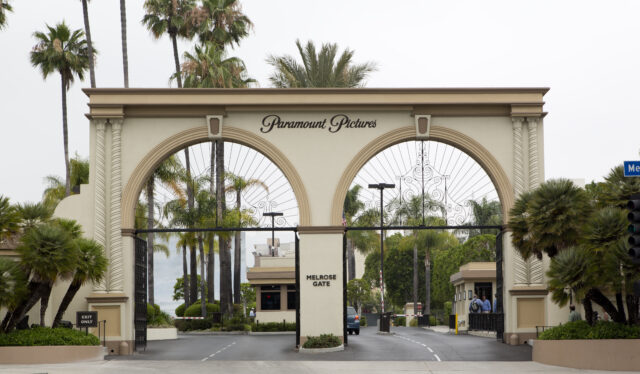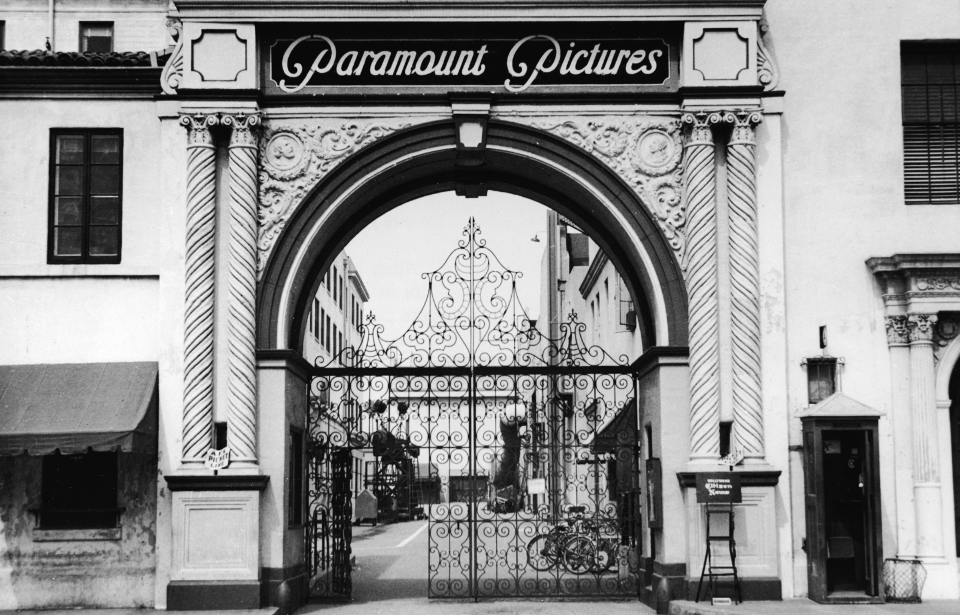The Founding of Paramount Pictures
On May 8, 1912, the landscape of the American film industry was forever changed by the founding of Paramount Pictures Corporation. What started as the Famous Players Film Company, established by Hungarian-born Adolph Zukor, quickly became a powerhouse in the realm of cinema. Initially focused on film distribution, Paramount soon transitioned into a fully-fledged production studio, setting the stage for a legacy that would shape the course of Hollywood history.
Paramount’s early years were marked by notable successes, including the release of Queen Elizabeth in 1912, a silent historical drama starring Sarah Bernhardt. As the studio expanded its operations, it became a pioneering force in the burgeoning Hollywood studio system, embracing vertical integration by acquiring studios, building theaters, and cultivating its own stable of stars. Paramount’s influence extended beyond mere production, as it became the first major Hollywood studio to open its gates to the public for tours, offering fans a glimpse behind the scenes of movie-making magic.

The name “Paramount” itself holds significance, originating from the suggestion of attorney William W. Hodkinson, who was handling legal affairs for Zukor’s company. This moniker would come to symbolize excellence and innovation in the film industry, echoed in the iconic Paramount mountain logo with its 24 stars, an emblem of cinematic grandeur. Paramount’s commitment to innovation was further underscored by its early adoption of sound technology, exemplified by the release of Interference in 1928, one of the pioneering “talkie” films of its time.
More from us: David Puttnam: The Studio Head Who Hated Hollywood
Would you like to see more historical content from The Vintage News? What if we sent it directly to your inbox weekly? Sign up here to receive our weekly newsletter
Over the decades, Paramount Pictures underwent several ownership changes, including acquisitions by Gulf+Western Industries in 1966 and Viacom in 1994. Despite these transitions, Paramount’s dedication to cinematic excellence remained unwavering. The studio’s contributions to the art of filmmaking are immortalized in its distribution of early Disney films, as well as in its iconic landmarks like the fountain at its studio lot and the historic Paramount Theatre in Oakland, California. As we commemorate the founding of Paramount Pictures on this day in 1912, we celebrate not only a momentous event in cinematic history but also the enduring legacy of a studio that continues to captivate audiences worldwide.
